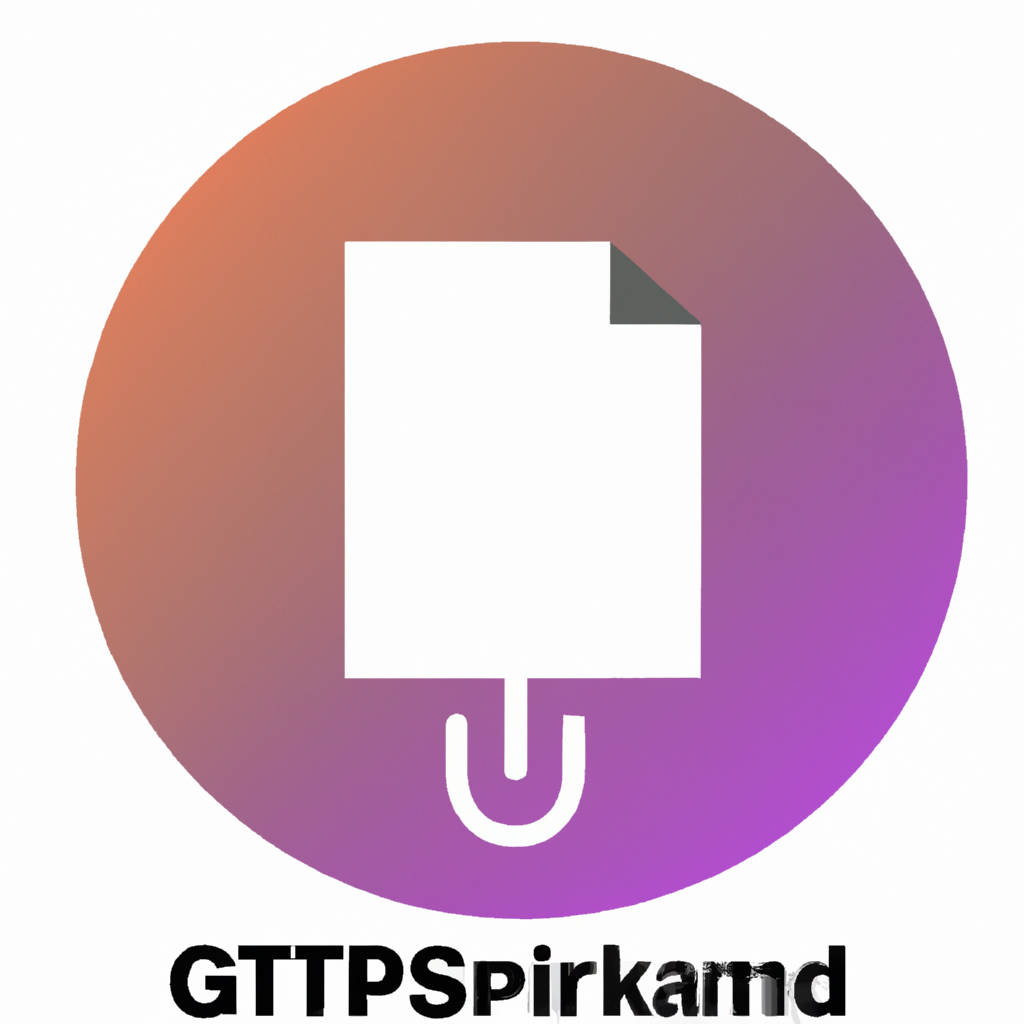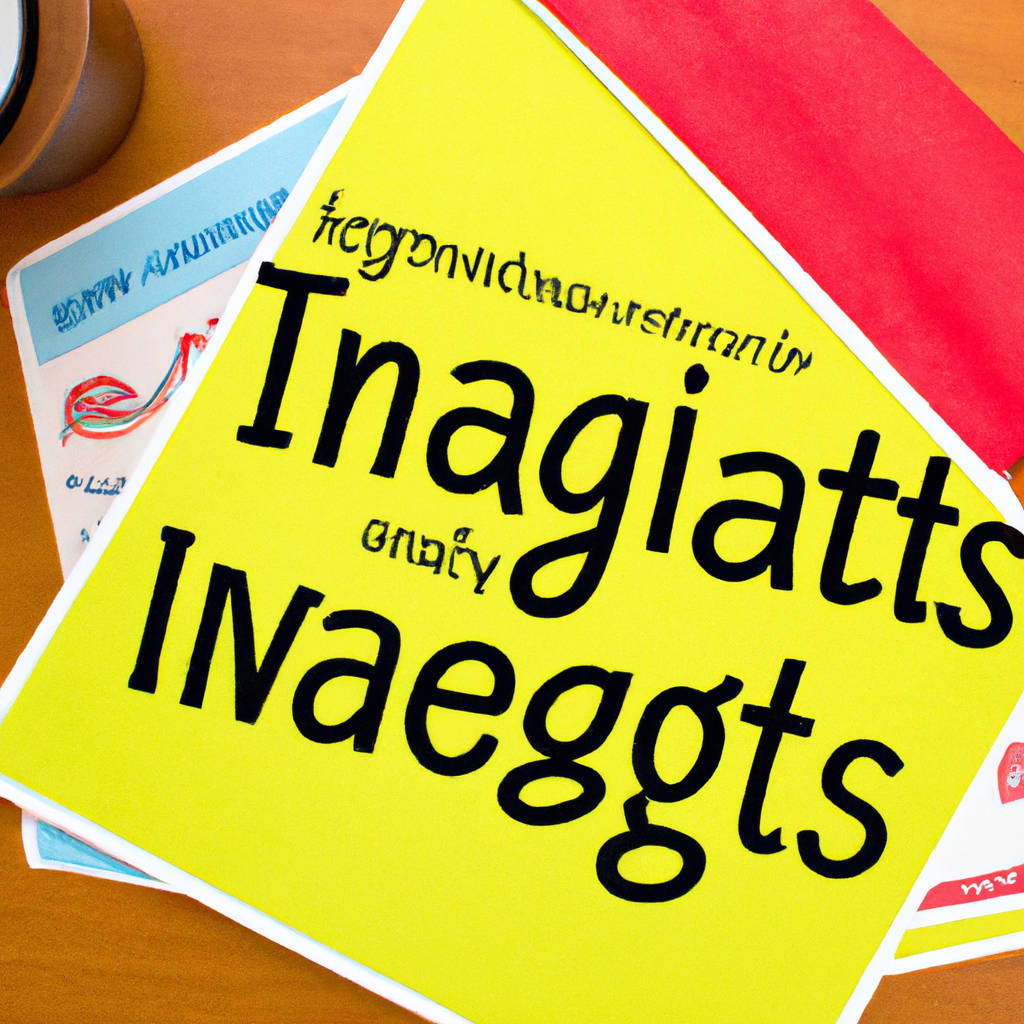Archiving Slack threads to Discourse using GPT-3 is an innovative approach that businesses, organizations, and communities are using to capture, store, and manage their conversations. GPT-3, developed by OpenAI, is the most potent natural language processing AI model available today. When leveraged properly, it can automate the process of transferring entire Slack threads to Discourse, an open-source software for building community discussions. This process involves setting up a bot that uses GPT-3 to understand and parse the conversations happening on Slack. The bot then archives these conversations and posts them to the appropriate categories on Discourse. This ensures that all meaningful discussions, questions, and insights shared on Slack are not lost but instead, are organized and stored on Discourse for future reference. Moreover, this can significantly enhance collaboration and knowledge sharing among team members or community participants as information is made easily accessible and searchable. Therefore, archiving Slack threads to Discourse using GPT-3 offers a practical solution for preserving valuable dialogue and fostering an environment of continuous learning and engagement.

Leveraging Discourse for Archiving
Leveraging discourse for archiving is a critical aspect of preserving essential dialogues, discussions, and exchanges of ideas across various platforms. This method involves the systematic collection, storage, and retrieval of conversations, whether they are in written form or recorded in audio or video. The purpose of this practice is to create a robust and reliable resource that can be referenced in the future for research, decision making, or simply to understand the evolution of thoughts and ideas over time. In an increasingly digital world, discourse archiving has become even more relevant, with social media platforms, online forums, and digital communication tools generating vast amounts of discourse every day.
The successful use of discourse for archiving relies heavily on the use of technology. Advanced software and algorithms are used to collate and categorize the information, enabling quick and easy access when required. These technologies can also identify patterns and trends within the discourse, providing valuable insights that might otherwise be overlooked.
However, leveraging discourse for archiving is not without its challenges. There are often issues related to privacy and consent, particularly when the discourse being archived is from a public platform. There also needs to be a selection process to determine which discourses are considered significant enough to archive, as it would be impractical and unnecessary to store every single conversation.
Despite these challenges, the benefits of leveraging discourse for archiving are clear. It provides a rich and diverse source of data that can be used to inform future decisions, research, and policy-making. It allows us to track the evolution of ideas and cultural changes over time, providing a unique insight into societal trends. Therefore, it is crucial to continue developing and refining the methods and technologies used in discourse archiving to ensure it remains a valuable resource for the future.
Implementing the Discourse Bot
Implementing the Discourse Bot requires a comprehensive understanding of both the functionality of the bot and the specific needs of the online community. The Discourse Bot, also known as Discobot, is an interactive user that helps new users understand how to use the Discourse platform, offering a tutorial and other helpful guidance. To implement it successfully, the administrator should first familiarize themselves with its basic features, such as how it responds to commands, initiates tutorials, and provides assistance.
Implementation also involves customizing the bot to align with the community’s unique culture and norms. This could mean adjusting the tone of the bot’s messaging or tailoring the tutorial content to highlight specific features most relevant to the community. The goal is to create an onboarding experience that feels engaging and personalized, rather than generic and automated.
Furthermore, monitoring and maintenance are crucial post-implementation stages. Regular checks should be conducted to ensure the bot is functioning as intended, and user feedback should be collected and evaluated to make necessary improvements. This iterative process helps ensure the bot remains an effective tool for educating and assisting users, thus enhancing their overall experience on the platform.
Lastly, it’s essential to remember that while the Discourse Bot is an invaluable tool for user onboarding and education, it should not replace human interaction. Administrators and experienced community members should still be available and approachable for questions or issues that the bot may not be equipped to handle. This ensures that while users are benefiting from the automated assistance of the bot, they are still feeling heard and supported by the human members of the community.

Challenges with the Archiving Method
The archiving method, while crucial in maintaining a systematic record of information, presents numerous challenges that can affect its efficiency and effectiveness. One primary concern is the sheer volume of data that organizations need to archive. As the amount of information continues to grow exponentially, it becomes increasingly difficult to manage, retrieve and secure these data. Besides, technological advancements require archives to be regularly updated or migrated, which can be costly and time-consuming. Another obstacle is the issue of obsolescence. As technology evolves, so does the software and hardware used for archiving, making older data formats inaccessible or unreadable. Additionally, there is the challenge of data integrity. Preserving the authenticity and accuracy of archived information over time is crucial, but it can be threatened by factors such as data corruption, physical damage, or human error. Moreover, the sensitive nature of some archived information means that privacy and confidentiality must be upheld, requiring robust security measures. Lastly, there is the issue of determining which data to keep and which to discard, as storing unnecessary data can consume valuable resources. These challenges necessitate a comprehensive and strategic approach to archiving, one that balances the need for data preservation, accessibility, and security with the constraints of resources and technology.
Defining When Threads are “Done”
In the arena of multithreaded programming or parallel computing, the concept of understanding when threads are “Done” is significant. A “thread” in this context refers to the smallest sequence of programmed instructions that can be managed independently by a scheduler. Typically, a thread is considered to be “Done” or completed its task when it has executed all the instructions assigned to it and no longer needs the CPU’s resources. This can be determined in a variety of ways, contingent on the programming language or the operating system in use.
For instance, in some environments, a thread completion could be signaled by the thread itself sending a completion message before it ends. In other cases, a monitoring or parent thread can determine the status of a child thread by regularly checking it. In some programming languages, like Java, one can use the method isAlive() to check whether a thread has finished execution or not. If isAlive() returns false, it indicates that the thread has completed its execution and is “Done”.
Moreover, in certain scenarios, a thread may be done when it has completed its useful work, even though it technically continues to exist. For instance, in a thread pool scenario, where a pool of worker threads is created to perform a number of tasks, a thread might be done with its current task but be recycled and used for a new task. Therefore, the concept of when a thread is “Done” can vary significantly based on the specific programming paradigm, application requirements, and system infrastructure in use. It is essential for developers to understand these nuances to effectively manage thread execution and handle synchronization complexities in multithreaded applications.

The Process of Summarization
The process of summarization is an essential skill in comprehending and interpreting written or spoken information. It involves condensing a large volume of data into a shorter, easily understandable format that retains the core essence of the original content. This procedure is not simply a random selection of details, it requires critical thinking and understanding of the context. The first step involves a thorough reading or listening to the text or speech to fully grasp the subject matter and its relevant details. Then, the individual identifies the main ideas, key arguments, or crucial points, and discards any redundant or non-essential details. This is followed by the restructuring of the retained information into a concise format, using one’s own words. It’s essential to maintain the original message’s integrity and not to add personal bias or interpretation. The final step is reviewing the summarized content to ensure it accurately reflects the original message’s intent, is free from unnecessary details, and is coherent and easy to understand. Hence, summarization is not a mere shrinking of content, but a thoughtful and strategic process aimed at enhancing comprehension and retention of information. It is widely used in various fields like academic research, journalism, business, and many more. Effective summarization skills can significantly improve information management, decision making, and learning efficiency.
Insights and Takeaways
Insights and takeaways are integral elements of any learning process, whether it be from an academic course, a business meeting, or even a casual conversation. They represent the kernel of wisdom or knowledge one derives from a specific experience or interaction. Insights often emerge as a product of critical thinking, comprehensive analysis, or profound contemplation. They are essentially the product of intellectual synthesis, where separate pieces of information or experiences are combined to produce a new understanding or perspective.
On the other hand, takeaways are more akin to the practical applications or actionable steps that come from those insights. They represent the ‘what next’ that follows the ‘so what’ of insights. While insights might help to shift your lens of perception, takeaways often imply a call to action, a step to be taken, or a habit to be formed. They serve as the bridge between the theoretical and the practical, transforming intellectual insight into tangible change.
The power of insights and takeaways lies in their ability to provoke change, growth, and evolution. They can stimulate personal development, spark innovation, and foster improvement in various aspects of life and work. They are not static but dynamic, constantly evolving as we continue to learn, experience, and grow. However, it is crucial to remember that insights and takeaways are highly individualistic. What one person finds insightful or useful might not resonate with another. Therefore, the process of gleaning insights and takeaways should be deeply personal, reflective, and mindful.
In summary, insights and takeaways are invaluable components of the learning process. They are the intellectual and practical fruits of our experiences, interactions, and contemplations. They not only enhance our understanding and perspective but also guide our actions, decisions, and habits. By embracing the process of deriving insights and takeaways, we can continue to grow, evolve, and improve in both our personal and professional endeavors.

Subscribe for More Content
Subscribing for more content is a popular method employed by individuals seeking to stay up-to-date with their favorite online platforms, such as blogs, magazines, YouTube channels, and websites. Once you subscribe to a site, you receive regular updates, either via email or directly in your account on that platform. These updates may include new articles, videos, podcasts, or any other form of content offered by the platform. This way, you don’t miss out on any new releases, and you can enjoy the most recent content at your convenience.
Subscribing also offers benefits to the content creators themselves. When you subscribe, you show your support for their work and provide them with a reliable audience base. This can encourage them to produce more content, knowing that there are people interested in their work. Moreover, it helps them understand their audience better, offering insights into what kind of content their subscribers find engaging.
Subscriptions often come with additional perks, especially if it’s a paid subscription. These may include access to exclusive content, ad-free browsing, or early access to new releases. Some platforms also offer discounts or deals to their subscribers, making it even more enticing.
In the digital world, subscribing for more content is not just about staying updated; it’s about being part of a community. It’s about engaging with the content creators and other subscribers, sharing thoughts and opinions, and contributing to discussions. So, whether you’re a fan of a particular YouTube channel, an avid reader of a certain blog, or a member of an online community, subscribing for more content can enhance your online experience in several ways.
Reducing Churn through Stripe and ChatGPT
Stripe, well recognized for its services in online payment processing, plays a significant role in reducing customer churn. The platform’s ability to detect and manage failed payments, together with its subscription management system, helps to maintain customer loyalty and prevent churn. Stripe’s subscription system is designed to provide flexible billing periods, enabling businesses to tailor their subscription packages to the needs of their customers, which can significantly enhance customer satisfaction and loyalty.
On the other hand, ChatGPT, powered by OpenAI, is an advanced language model that can generate human-like text. When integrated with business operations, ChatG goodPT can significantly boost customer experience by responding to customer queries instantaneously and accurately, 24/7. This instant gratification and constant customer support can heavily influence customer satisfaction, and thus, prevent customer churn.
Combining Stripe’s efficient payment and subscription management with ChatGPT’s ability to provide continuous, high-quality customer support can create an optimal customer experience. This can result in a lower churn rate as customers are more likely to stay with a service that offers seamless transactions and instant support. Furthermore, the data gathered from ChatGPT interactions can provide valuable insights into customer behavior and preferences. These insights can be used to refine the business strategy, creating a more personalized customer experience and further reducing churn.
Therefore, the integration of Stripe’s effective payment and subscription management and ChatGPT’s AI-based customer support can act as a powerful tool for businesses striving to reduce churn, enhance customer loyalty, and ultimately, increase revenue. By ensuring seamless transactions and providing constant, high-quality customer support, businesses can significantly improve their customer retention rate.

Integrating Your Own OAuth Clients
Integrating your own OAuth clients is a pivotal step in reinforcing the security of your applications. OAuth, or Open Authorization, is a protocol that allows an application to authenticate against a server as a user, over HTTPS. The integration process is all about setting up a secure, streamlined environment where data can be shared between different applications and services without exposing critical details.
To integrate your own OAuth clients, you first need to register your application with the service. This process usually involves providing some basic information about your app, such as its name, website, and redirect URI. The service will then issue your app with a client ID and client secret, which you need to store securely.
Next, you’ll need to implement the OAuth flow in your application. There are several different flows available, including the authorization code flow, implicit flow, and client credentials flow. The best one to use depends on the type of application you’re building.
After implementing the OAuth flow, your application will be able to request access tokens from the service. These tokens are what your application will use to make authenticated requests on behalf of the user. It’s also important to handle token expiration and renewal, to ensure the user doesn’t have to re-authenticate every time they use your app.
Finally, you should test your OAuth integration thoroughly. This includes not only making sure that the authentication process works correctly, but also verifying that your application handles errors and edge cases gracefully.
In conclusion, integrating your own OAuth clients can seem complex, but it’s a crucial part of building secure, user-friendly applications. By understanding the process and taking the time to implement it correctly, you can greatly enhance the security and usability of your app.
Developing an Out-of-Office Reminder System
Developing an Out-of-Office Reminder System is a significant task that can greatly enhance the efficiency and communication within an organization. This system is designed to inform colleagues, clients, and stakeholders about one’s unavailability due to vacations, business trips, or other reasons. The primary purpose of creating such a system is to ensure seamless workflow and avoid potential communication gaps that can disrupt business operations. To develop an effective system, it is essential to consider several crucial factors.
Firstly, the system should be user-friendly and easy to manage. It should allow an employee to set a reminder swiftly without any hassle. Secondly, it should be customizable, enabling the employee to draft a suitable message that clearly communicates the duration and cause of their absence. This message should also provide alternate contact information for immediate concerns. Additionally, the system should automatically activate the reminder as per the scheduled dates and deactivate it once the employee is back.
Moreover, it would be beneficial if this system could be integrated with other organizational tools, such as calendars or email systems, to provide a comprehensive view of an employee’s availability status. This feature could help in planning meetings or assignments more effectively.
In conclusion, an Out-of-Office Reminder System is an indispensable tool for maintaining effective communication within a professional setting. When developed with a user-centric approach and integrated with the right features, this system can significantly contribute to smooth workflow management and enhanced productivity. However, it’s essential to ensure that the system is used responsibly and not misused as a way to avoid work or responsibilities. After all, the goal is to improve communication, not hinder it. So, when developing, implementing, or using an Out-of-Office Reminder System, it’s essential to keep these points in mind.
